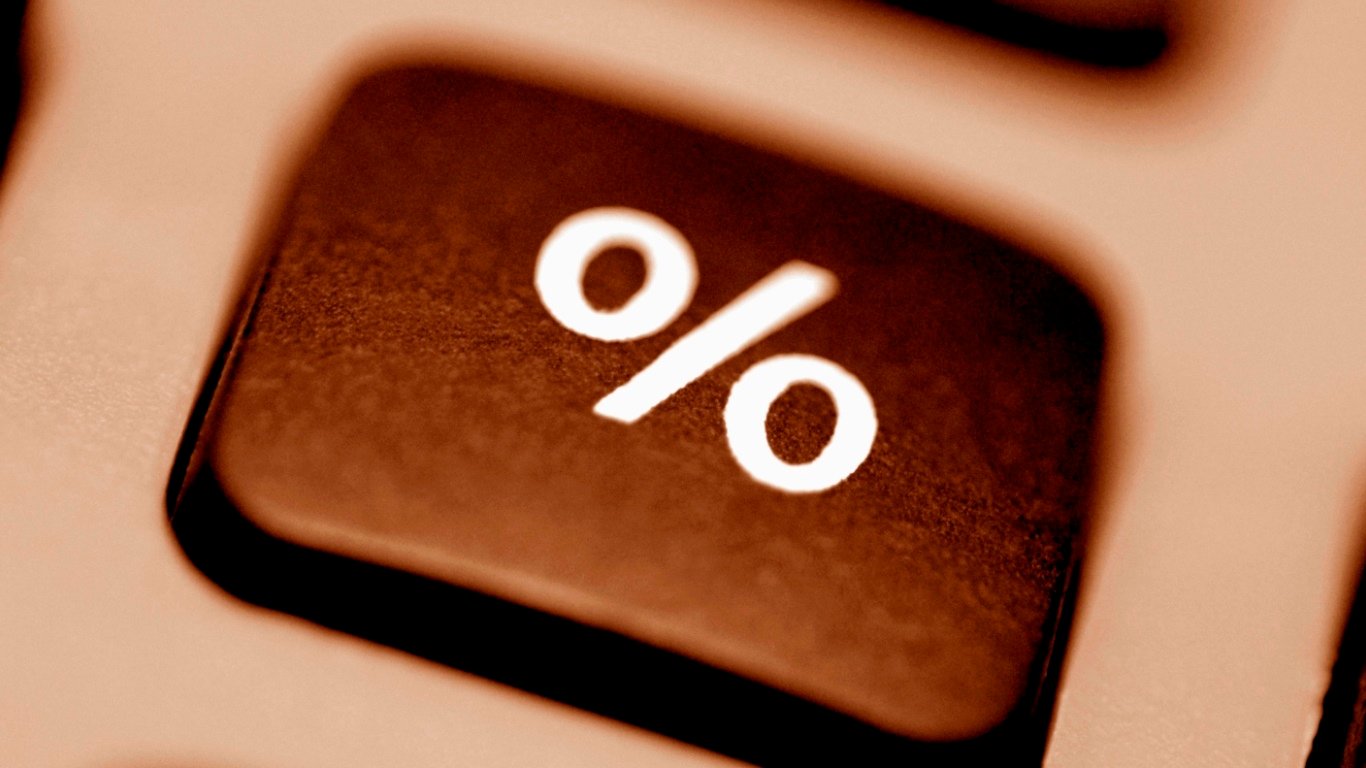Economy
Modern History of Surprise Rate Cuts: Do They Actually Work?

Published:
Last Updated:

The U.S. Federal Reserve has delivered on a surprise half-point interest rate cut to federal funds. Unfortunately, the stock market slid after Fed Chairman Powell gave his press conference and indicated that there are other coordinated events with central banks. The current stance is that the Fed is not looking beyond traditional rate cuts to help curb the economic damage from the rapid spread of COVID-19.
An overwhelming majority of interest rate cuts occur at the scheduled Federal Open Market Committee (FOMC) meetings. While it is unusual for the Fed to conduct emergency rate cuts, investors and economists who have been around have seen their fair share of “emergency actions” taken by the Fed. Investors and economists have every right to wonder if this surprise rate cut will make that much of a difference if people are more worried about getting sick than they are about already-low interest rates going even lower.
24/7 Wall St. has reviewed several other historical rate-cut announcements that were deemed to be unscheduled rate cuts or emergency rate cuts. Each instance has come with its own set of circumstances. They had ties to the financial crisis, the 9/11 terror attacks of 2001 and the 1987 stock market crash.
As Powell warned that the coronavirus poses evolving economic risks in his official statement on Tuesday, he also continued to hold the line that the Fed is monitoring for the economic outlook and that the FOMC will use its tools to support the economy. With stocks selling off sharply after an hour or so from the formal surprise move, many modern-day investors have never even seen a surprise interest rate cut. The markets seemed to be unimpressed at the onset, but history shows that after an emergency rate cut is made, there have been additional rate cuts not that long after.
Here is a list of the so-called emergency rate cuts made by the Fed in the modern era. These are meant to include the initial rate cuts that came as a surprise to the markets rather than every single instance. There was even a surprise rate hike in there also. We have focused on the effect of fed funds and not the discount rate, because it is the funds level that impacts the non-bank borrowers, such as individuals and businesses.
Alan Greenspan, the newly appointed Fed chairman at the time, announced an emergency interest rate cut of 0.50% after the Black Monday stock market crash of 1987. The stock market crash took place on October 19 of that year, but Greenspan’s move on October 30 took fed funds down to 6.75% from 7.25%. Rates were taken down to as low as 6.5% in 1988, but they were back up as high as 9.75% by the end of the year.
Stocks lost more than 20% in a single day in October of 1987. Greenspan defended that cut at the time, and the 1987 crash did turn out to be a short-lived issue that did not wreck the economy like the prolonged stock market drop that was a result of the financial crisis from 2008 into 2009. It can be debated whether that rate cut staved off additional major economic calamities, but it was as soon as 1988 that the Fed was hiking rates to fight inflationary pressures, and it was another year until the savings and loan crisis wiped out many undercapitalized or overleveraged banking groups with very bad loan portfolios.
Thank you for reading! Have some feedback for us?
Contact the 24/7 Wall St. editorial team.